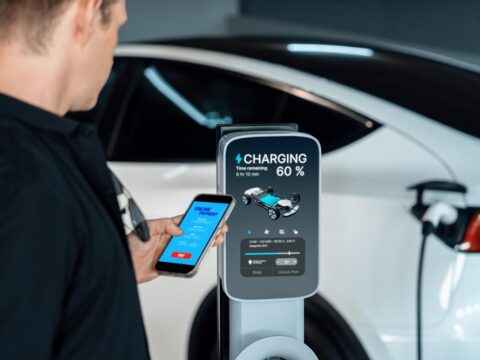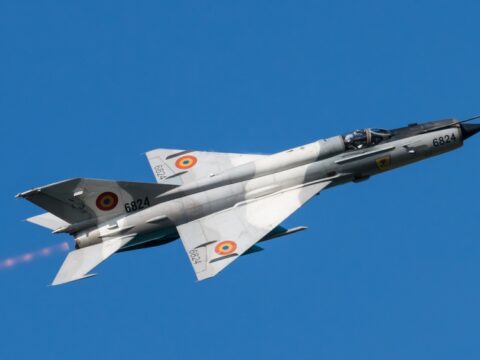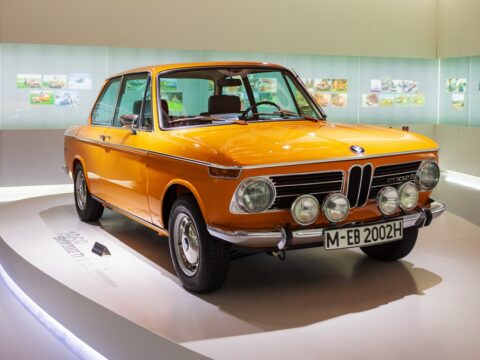Turbocharged engines have powered some of the most famous race cars in motorsports history, giving them an edge in speed and performance. Legendary cars like the Porsche 917/30, which dominated Can-Am racing, and the McLaren MP4/4, driven by Ayrton Senna in Formula 1, showcased the immense power of turbocharged engines. These cars could harness enormous horsepower while maintaining precision on the track. Their innovative designs and turbocharged powerplants pushed the limits of racing and forever changed how speed was pursued in the sport.
Contents
Porsche 917/30

The Porsche 917/30, built in 1973 for the Can-Am series, is one of the most famous turbocharged race cars of all time. Powered by a 5.4-liter flat-12 engine, it featured twin KKK turbochargers that produced a staggering 1,100 to 1,500 horsepower, depending on the boost settings. Its lightweight, aerodynamic design made from fiberglass and aluminum helped it dominate on the track, often referred to as the “Turbo Panzer” due to its overwhelming power. While it was incredibly fast, it was also expensive to maintain and priced around $100,000 at the time, which is equivalent to much more today. The Porsche 917/30 changed the landscape of turbocharging in motorsport, proving just how powerful forced induction could be.
BMW M1 Procar
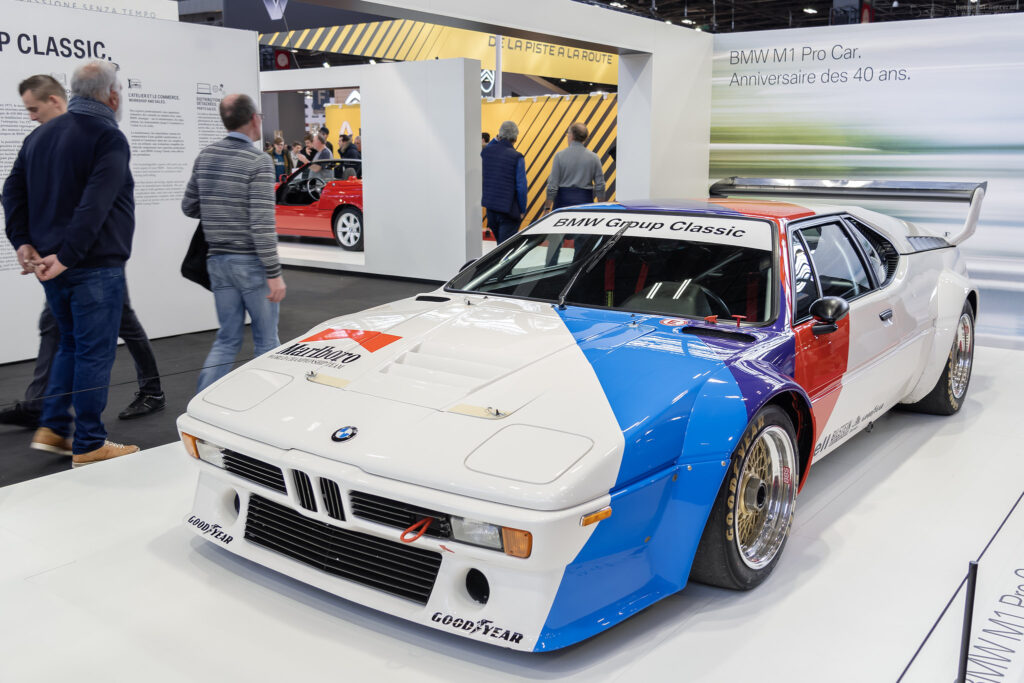
The BMW M1 Procar, introduced in 1979, featured a turbocharged 3.5-liter inline-six engine producing 850 horsepower in its racing form. Designed for the Procar series, this mid-engine supercar was built using lightweight fiberglass-reinforced plastic and an aerodynamic body for optimal speed. The turbocharged engine was a marvel of engineering at the time, pushing the M1 Procar to impressive top speeds, making it one of the most iconic turbocharged race cars. Originally priced at around $60,000, it became an essential player in BMW’s racing history.
Ferrari 126C2
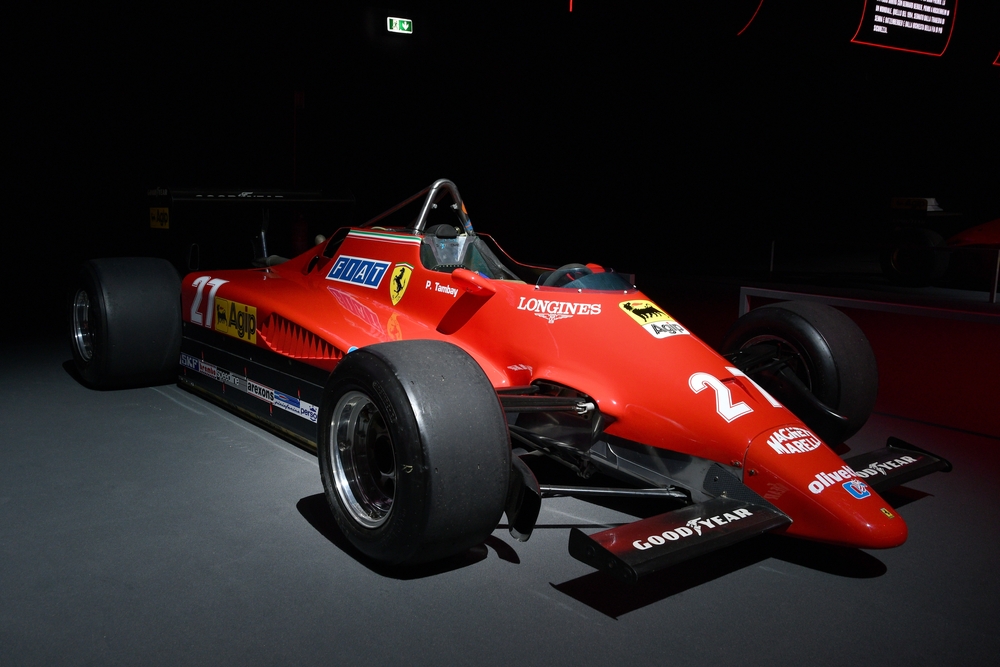
The Ferrari 126C2 was Ferrari’s first turbocharged Formula 1 car, introduced in 1982. Powered by a 1.5-liter V6 engine with twin KKK turbochargers, it generated around 600 horsepower in race trim, making it a fierce competitor. The 126C2 was constructed using an aluminum monocoque chassis with carbon fiber components, pushing the envelope in terms of weight reduction and performance. Although costly to build and maintain, its turbocharged powerplant marked Ferrari’s transition into the turbo era of Formula 1 racing.
Audi Quattro S1
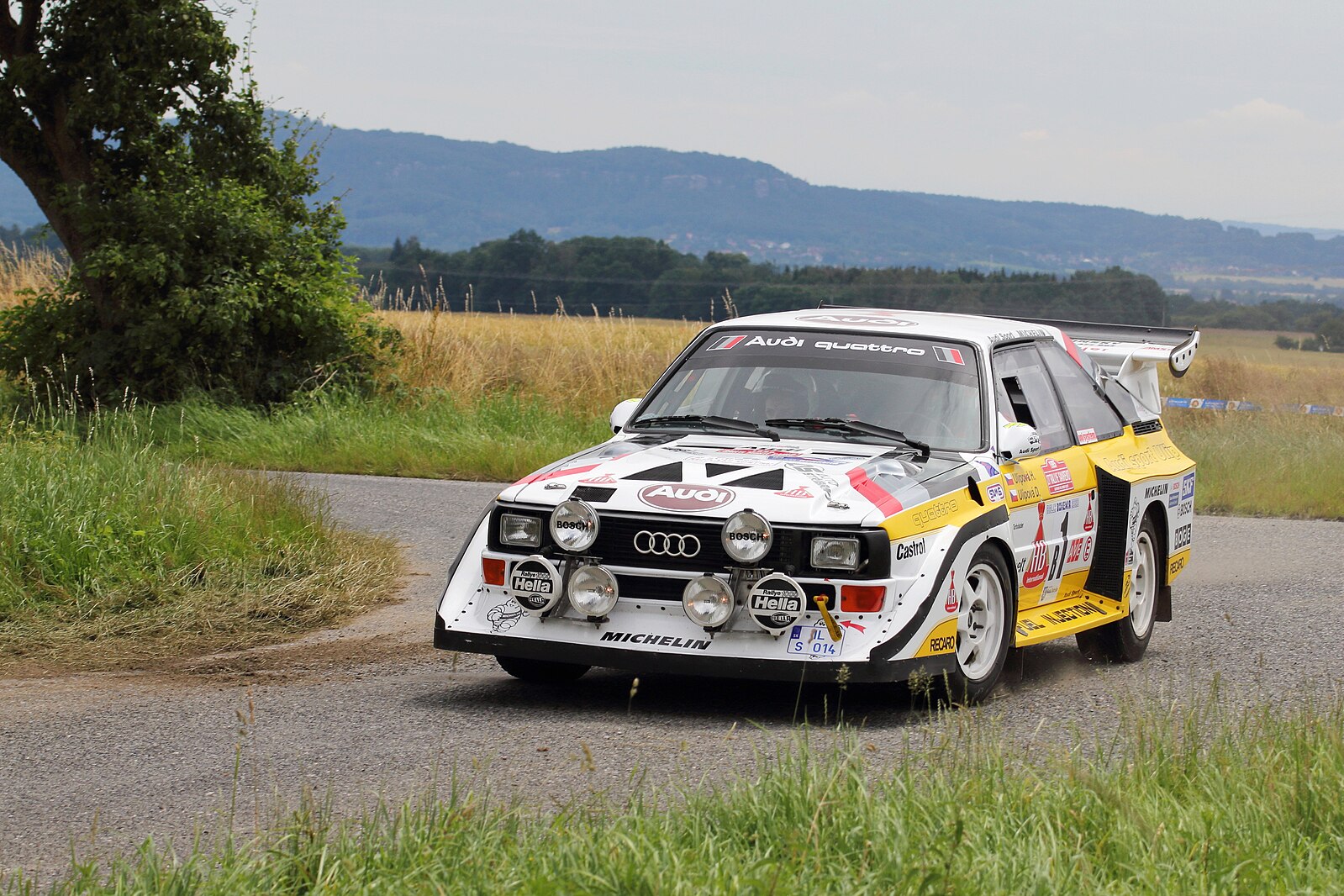
The Audi Quattro S1, debuted in the 1984 Group B rally championship, was a revolutionary race car featuring a 2.1-liter inline-five turbocharged engine. Producing around 600 horsepower, the Quattro S1’s all-wheel-drive system, combined with its turbocharged power, made it one of the most dominant rally cars of its era. Its lightweight Kevlar body and aggressive aero allowed for unmatched performance on both tarmac and gravel. The Quattro S1 helped cement Audi’s legacy in motorsport and is regarded as one of the most iconic turbocharged rally cars of all time.
Ford RS200
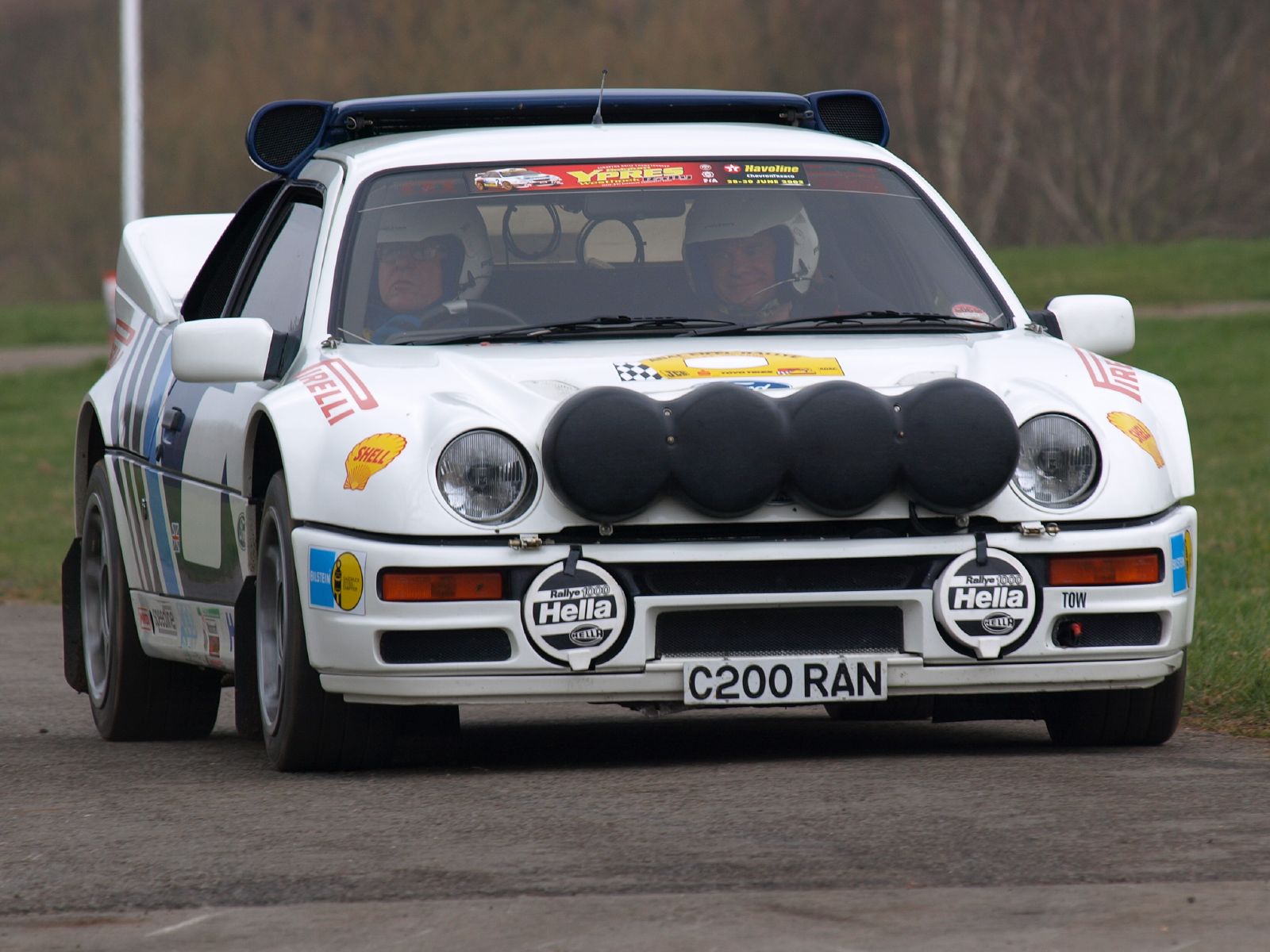
Built specifically for Group B rallying, the Ford RS200 made its debut in 1984, featuring a 1.8-liter turbocharged inline-four engine that produced up to 450 horsepower. The mid-engine, all-wheel-drive layout, combined with its lightweight Kevlar body, made it an agile and fast competitor. With a top speed of over 140 mph on gravel, the RS200 was a marvel of engineering but also came with a high price tag, costing around $60,000 when new. Although Group B rallying was short-lived, the RS200 remains an icon due to its turbocharged performance and innovative design.
Nissan R90C
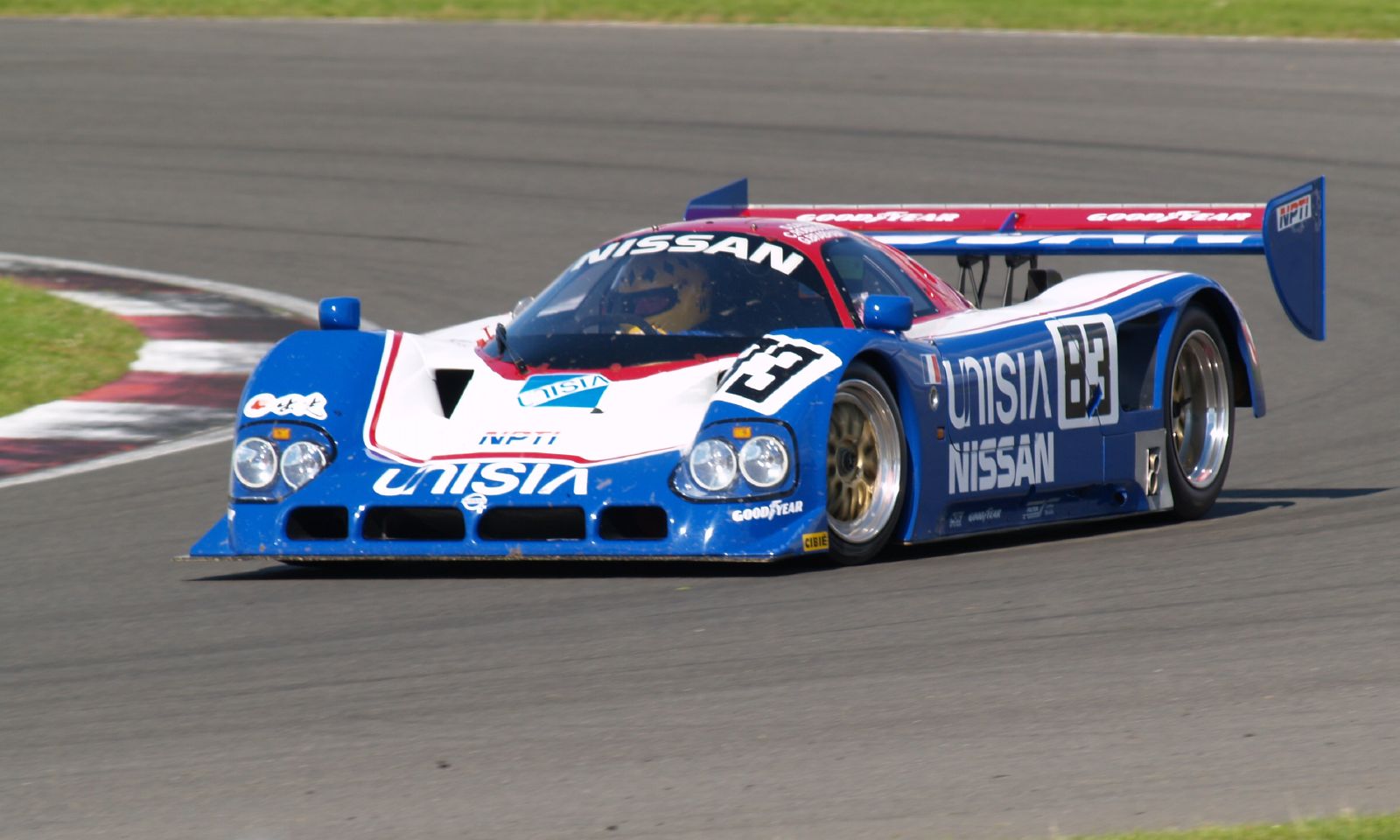
The Nissan R90C, introduced in 1990 for Group C endurance racing, was powered by a 3.5-liter twin-turbocharged V8 engine, producing over 800 horsepower. Built with an aluminum monocoque chassis and carbon fiber components, the R90C was designed for high-speed endurance racing at events like Le Mans. With its turbocharged engine delivering massive power and speed, it reached top speeds of over 220 mph. Priced at around $500,000 in its day, the R90C became one of Nissan’s most famous race cars, showcasing the brand’s prowess in turbocharged engineering.
McLaren MP4/4
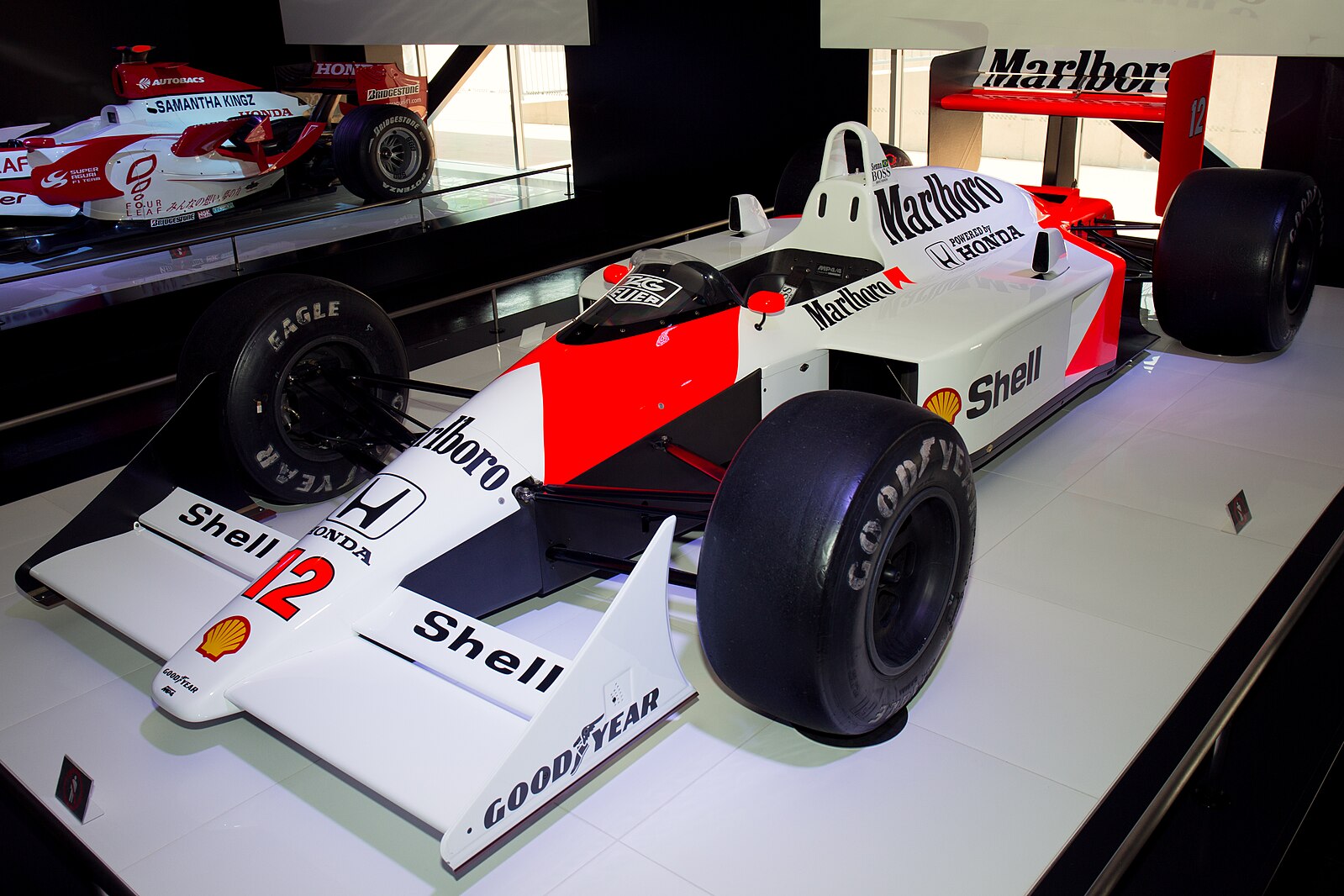
The McLaren MP4/4, introduced in 1988, is one of the most successful Formula 1 cars ever built. Powered by a turbocharged 1.5-liter Honda V6 engine producing around 700 horsepower, it helped Ayrton Senna and Alain Prost dominate the F1 season. With a carbon fiber monocoque chassis and aerodynamic design, the MP4/4 maximized the power of its turbocharged engine. This car is revered not only for its turbocharged performance but also for its near-perfect balance between power, aerodynamics, and handling, contributing to McLaren’s legendary racing history.
Porsche 959
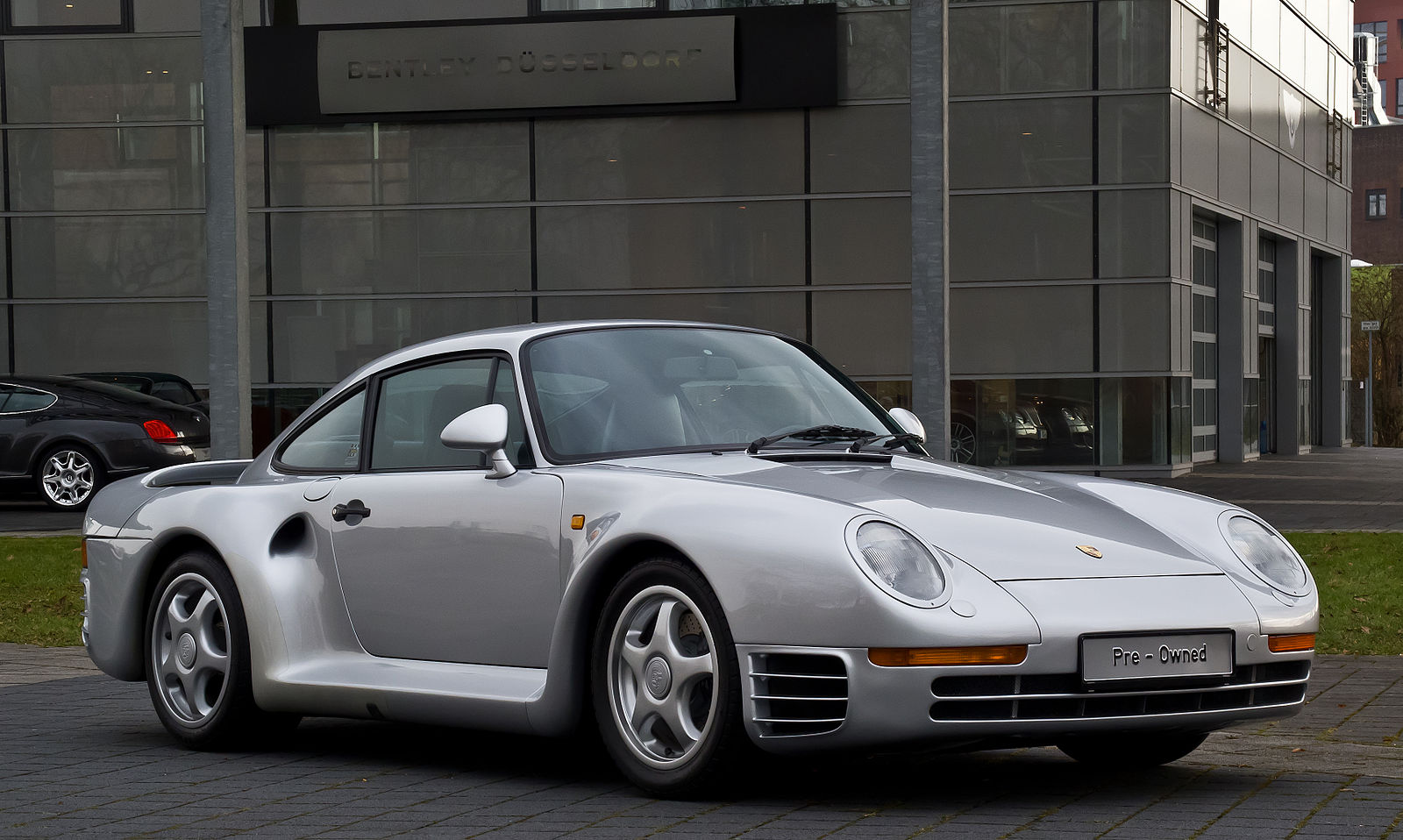
The Porsche 959, built between 1986 and 1988, was originally developed as a Group B rally car before being adapted into a road-going supercar. It featured a twin-turbocharged 2.85-liter flat-six engine, producing 450 horsepower. With advanced all-wheel drive and lightweight aluminum and Kevlar construction, the 959 was one of the most technologically advanced cars of its time. Priced at $225,000 when new, its turbocharged performance allowed it to reach a top speed of 197 mph, cementing its place in both racing and supercar history.
Renault RE40
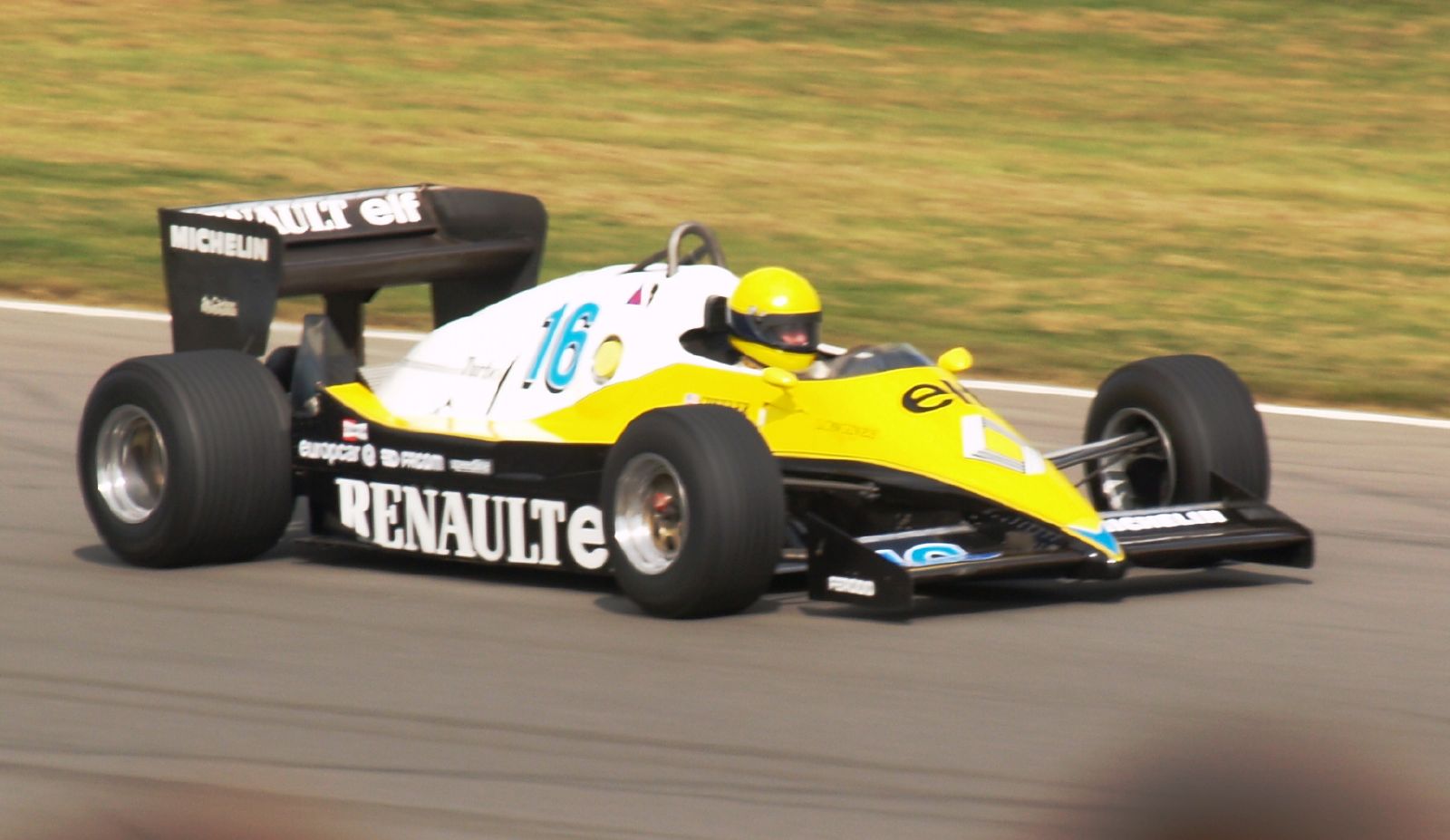
The Renault RE40, introduced in 1983, was the first Formula 1 car to be fully constructed from carbon fiber and was powered by a turbocharged 1.5-liter V6 engine. Producing around 650 horsepower, the RE40 was fast and agile, with its lightweight construction allowing for better handling and acceleration. Renault’s turbocharged engine technology was revolutionary at the time, and the RE40 helped further the development of turbocharged engines in motorsport, making it a key player in F1 history.
Lancia Delta S4

The Lancia Delta S4, introduced in 1985 for Group B rally racing, featured a 1.8-liter inline-four engine that was both supercharged and turbocharged, producing up to 550 horsepower. This unique engine setup, combined with its lightweight composite body, made the Delta S4 incredibly fast and agile. It could accelerate from 0 to 60 mph in just 2.5 seconds on gravel. Although Group B rallying was short-lived, the Delta S4 remains one of the most innovative and iconic turbocharged rally cars ever built.
Mazda 787B

The Mazda 787B, famous for its victory at the 1991 24 Hours of Le Mans, featured a turbocharged 2.6-liter four-rotor Wankel engine producing around 700 horsepower. Its lightweight carbon-fiber-reinforced plastic body helped it achieve remarkable speed and handling on endurance tracks. Mazda’s rotary turbocharged engine was unique, giving the 787B a distinct performance edge. Although banned after its Le Mans win, the 787B remains an iconic turbocharged race car, showcasing Mazda’s innovation and commitment to rotary engines.
Sauber C9 Mercedes

The Sauber C9, powered by a twin-turbocharged 5.0-liter V8 engine, dominated the Group C endurance racing series in the late 1980s. Producing up to 800 horsepower, the C9 was capable of reaching top speeds of 248 mph at Le Mans, making it one of the fastest cars of its time. Its aluminum honeycomb monocoque chassis provided strength without excessive weight, contributing to its legendary performance. Priced around $500,000 at the time, the Sauber C9 and its turbocharged Mercedes powerplant became synonymous with endurance racing excellence.
Ford Sierra RS500 Cosworth

The Ford Sierra RS500 Cosworth, introduced in 1987, featured a 2.0-liter turbocharged inline-four engine producing up to 500 horsepower in racing trim. Built for touring car racing, the RS500 Cosworth dominated the British Touring Car Championship and other series across Europe. Its lightweight body and aggressive aero package, combined with the powerful turbocharged engine, made it a force to be reckoned with on the track. The RS500’s turbocharged performance and racing pedigree make it a highly sought-after collector’s car today.
Toyota TS050 Hybrid
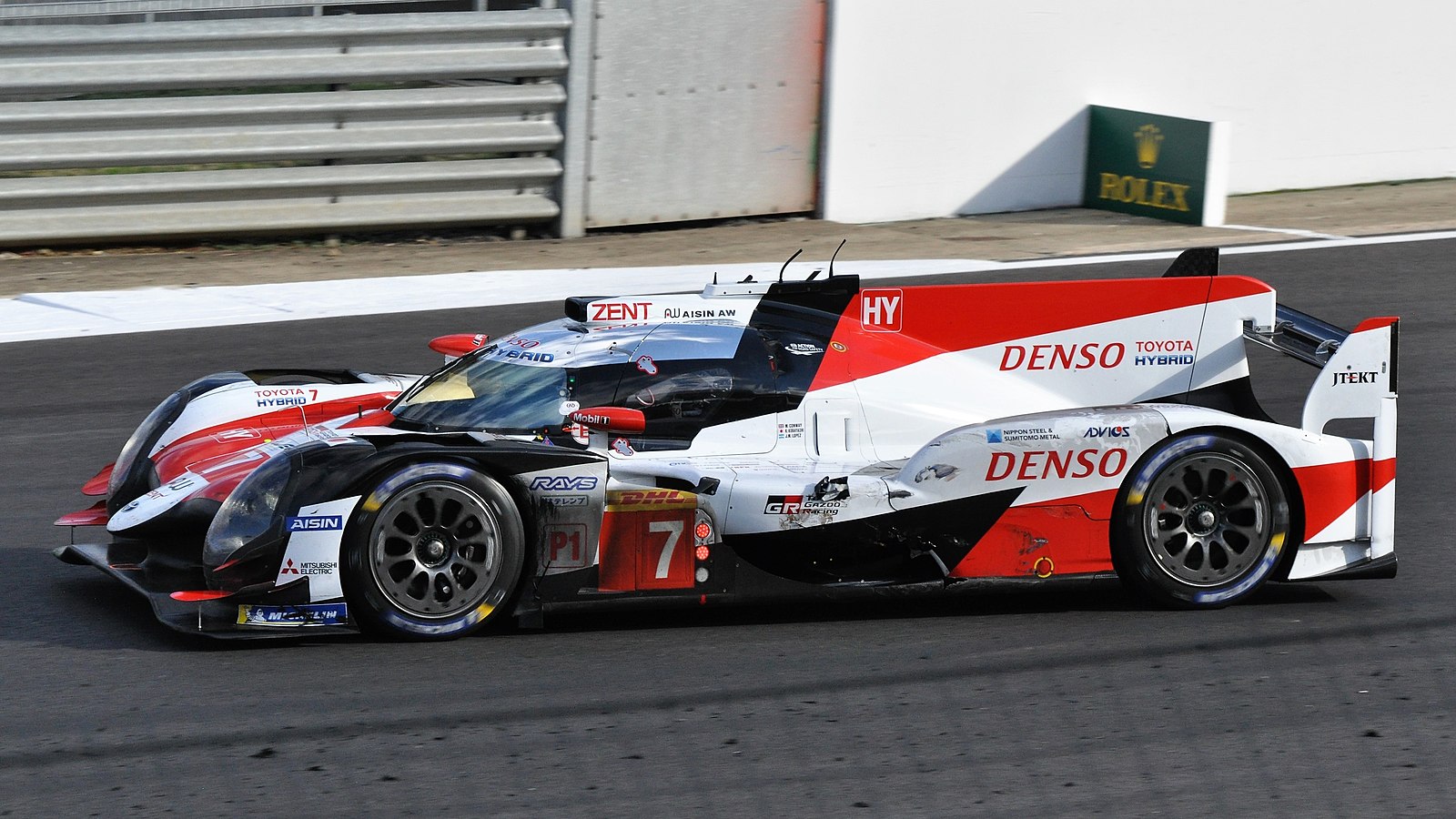
The Toyota TS050 Hybrid, introduced in 2016 for the World Endurance Championship, features a 2.4-liter twin-turbocharged V6 engine combined with an electric hybrid system. Producing over 1,000 horsepower in total, the TS050’s combination of turbocharging and hybrid technology allows for incredible acceleration and fuel efficiency. Its carbon fiber monocoque chassis and advanced aerodynamics help it maintain top speeds while conserving energy. The TS050’s turbocharged hybrid powerplant helped Toyota secure multiple victories at Le Mans, proving the effectiveness of turbocharged engines in modern endurance racing.
BMW 2002 Turbo

The BMW 2002 Turbo, produced in 1973, was one of the first turbocharged production cars and also saw success in racing. Powered by a 2.0-liter turbocharged inline-four engine producing 170 horsepower, the 2002 Turbo was a lightweight, agile race car that could compete against larger-displacement rivals. Its compact design and forced induction allowed it to achieve impressive speeds for its time. Though its racing career was brief due to regulatory changes, the 2002 Turbo remains a key player in the history of turbocharged racing cars.
McLaren F1 GTR Longtail

The McLaren F1 GTR Longtail, produced in 1997, was an extended version of the legendary McLaren F1, specifically designed for endurance racing. Powered by a naturally aspirated 6.1-liter V12 engine originally built by BMW, the racing version was equipped with twin-turbochargers, boosting its output to around 600 horsepower. The “Longtail” design improved aerodynamics, reducing drag and increasing stability at high speeds. This race car was constructed with an advanced carbon fiber monocoque chassis, which kept it lightweight and nimble, essential for long-distance racing like the 24 Hours of Le Mans. Priced around $1 million at the time, the McLaren F1 GTR Longtail became one of the most iconic race cars of its era, thanks to its combination of turbocharged power and innovative aerodynamic design.
Lotus 98T
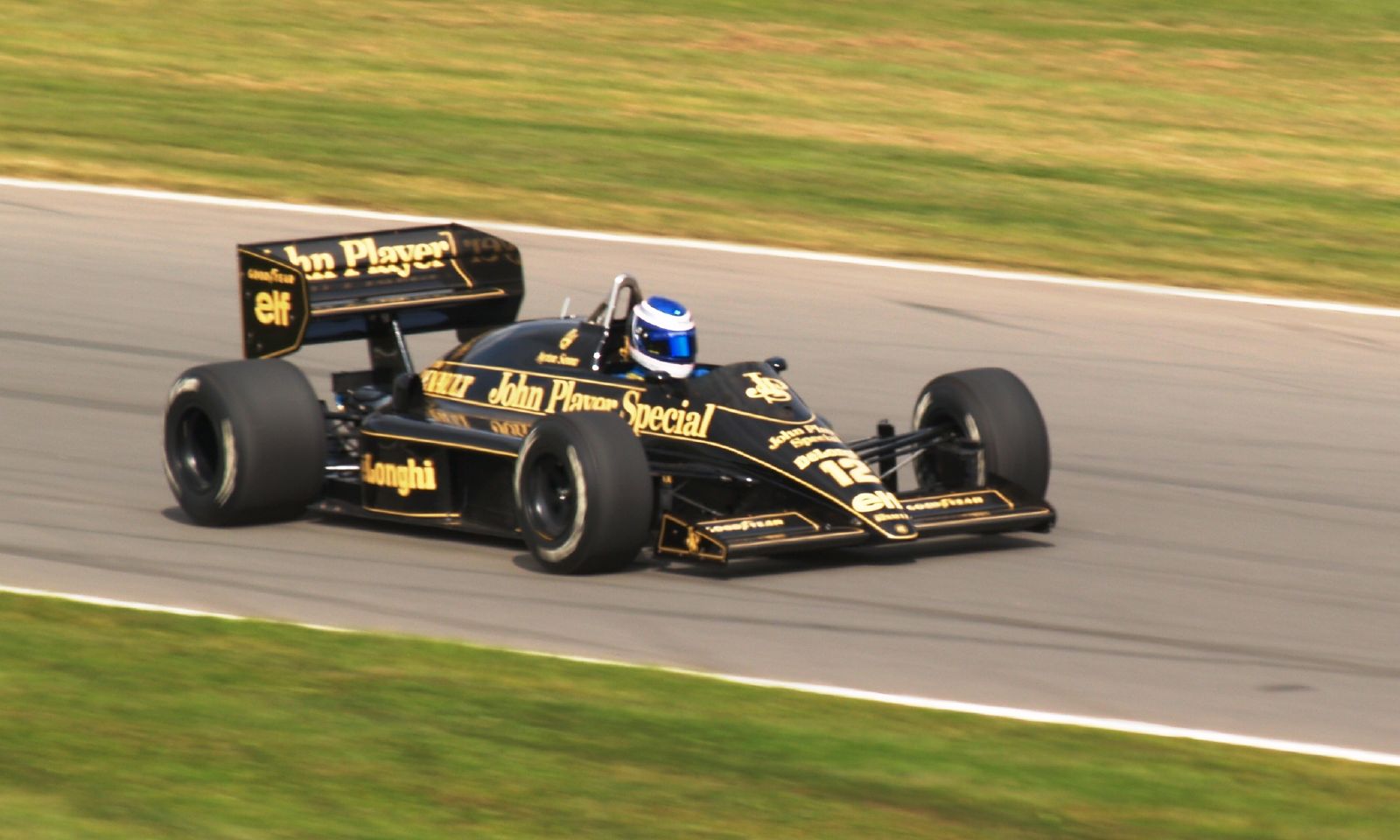
The Lotus 98T, driven by Ayrton Senna in the 1986 Formula 1 season, featured a turbocharged 1.5-liter Renault V6 engine. With a remarkable 1,200 horsepower in qualifying trim, this car was an absolute powerhouse during the peak of F1’s turbo era. Constructed from a lightweight carbon fiber and Kevlar monocoque chassis, the 98T combined brute turbocharged power with aerodynamic innovation. Priced at around $1.5 million in today’s value, the Lotus 98T is remembered for its ferocious power output and Senna’s brilliant performances behind the wheel.
Porsche 911 Turbo 935
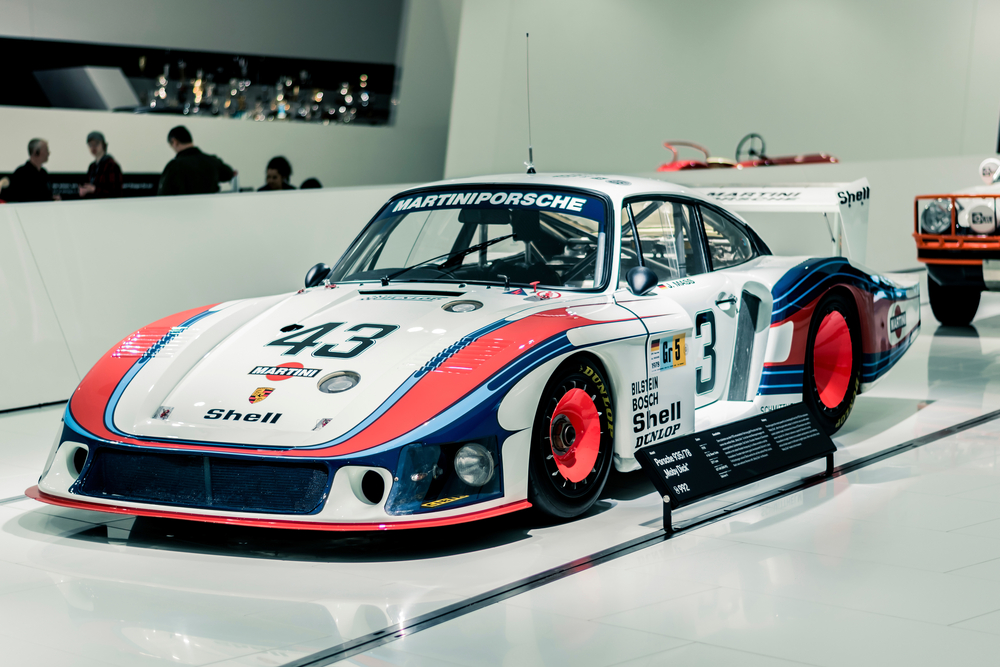
The Porsche 935, introduced in 1976, is a turbocharged legend in endurance racing. Powered by a 3.3-liter flat-six engine with a massive single turbocharger, the 935 produced between 630 and 800 horsepower depending on the setup. The car was built using lightweight fiberglass and aluminum components, with extensive aerodynamic modifications that gave it a distinctive “slant-nose” appearance. The 935 won the 24 Hours of Le Mans in 1979 and multiple other endurance races, cementing its status as one of the most successful turbocharged race cars ever. Originally priced at around $100,000, it now stands as an icon of Porsche’s turbocharged dominance.
Ford GT40 Mk II
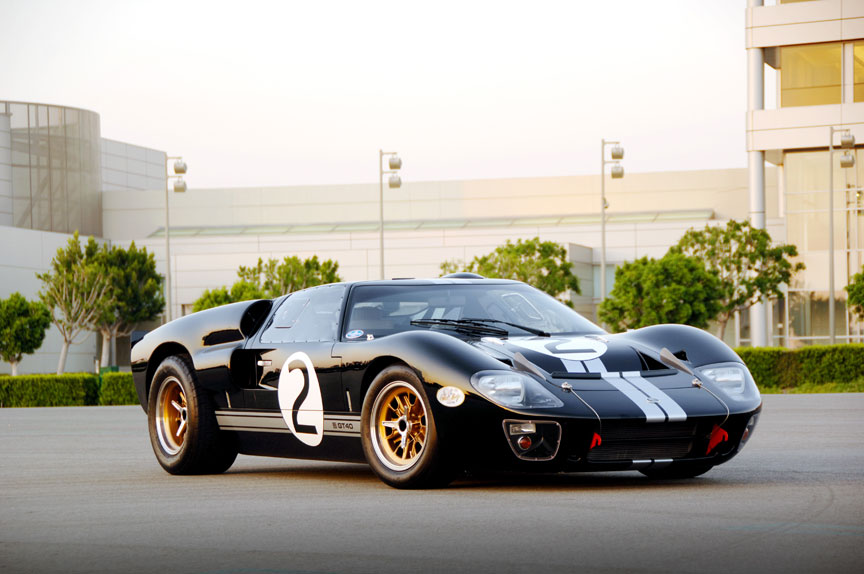
The Ford GT40 Mk II is legendary for its victory at the 1966 24 Hours of Le Mans, where it famously dethroned Ferrari. Powered by a turbocharged 7.0-liter V8 engine, the GT40 Mk II produced over 500 horsepower. The car’s steel monocoque chassis and aerodynamic body design helped it achieve top speeds exceeding 200 mph on the Mulsanne Straight. Though not originally turbocharged, Ford developed turbocharged variants for future iterations, pushing the limits of performance even further. The GT40’s combination of raw turbocharged power and racing heritage makes it a legend in the motorsport world.
Porsche 919 Hybrid
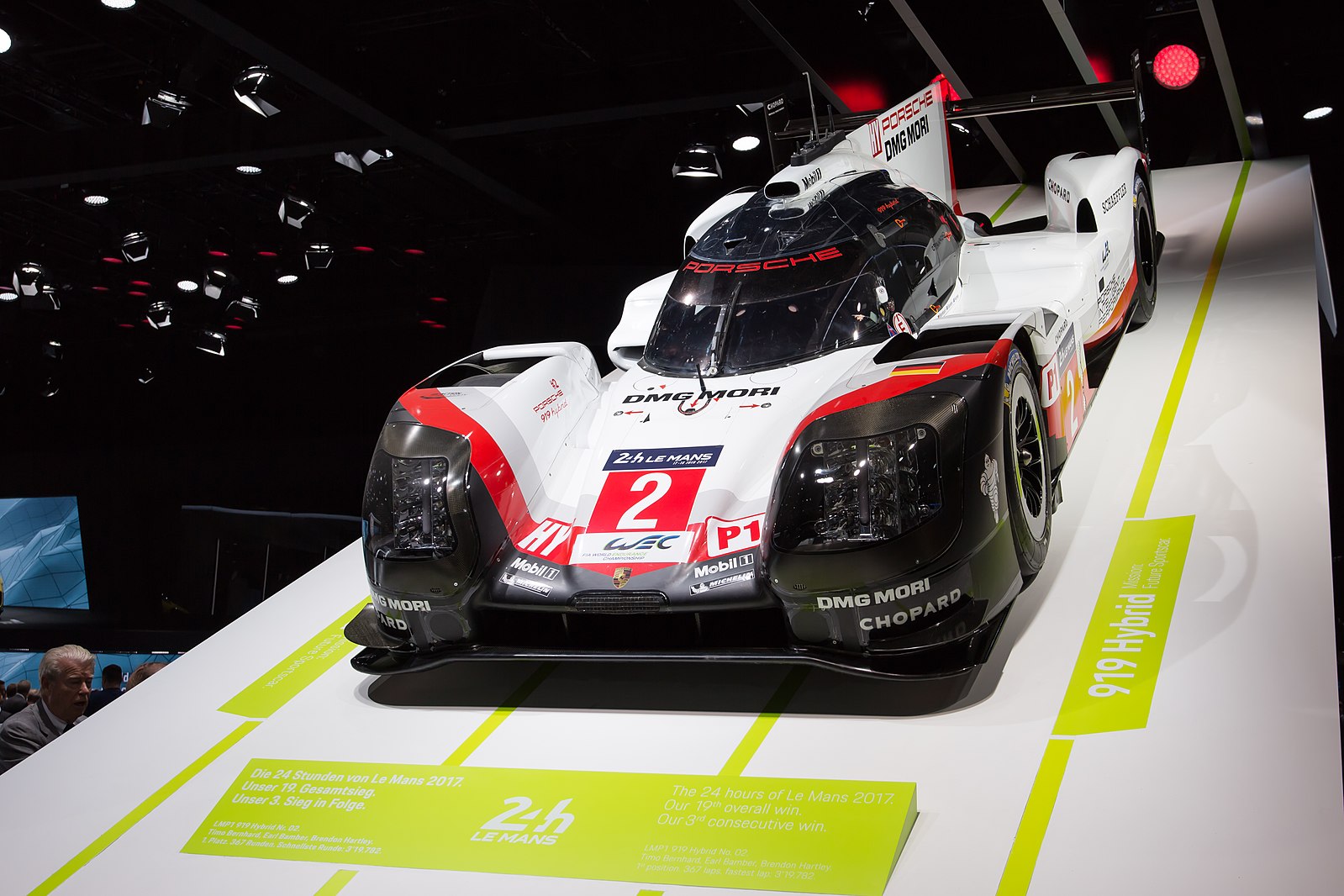
The Porsche 919 Hybrid, which dominated the World Endurance Championship from 2014 to 2017, featured a 2.0-liter turbocharged V4 engine paired with a hybrid electric system. Producing over 900 horsepower combined, the 919 Hybrid utilized both turbocharging and electrification to deliver exceptional performance and efficiency. Its lightweight carbon-fiber chassis and advanced aerodynamics helped Porsche secure multiple Le Mans victories, proving that turbocharged engines can still dominate endurance racing in the hybrid era. The 919 Hybrid’s technological innovations have influenced modern road cars, showcasing Porsche’s mastery of turbocharged engineering.
This article originally appeared on MyCarMakesNoise.
More from MyCarMakesNoise
The 20 Worst Engines to Ever Power a Car
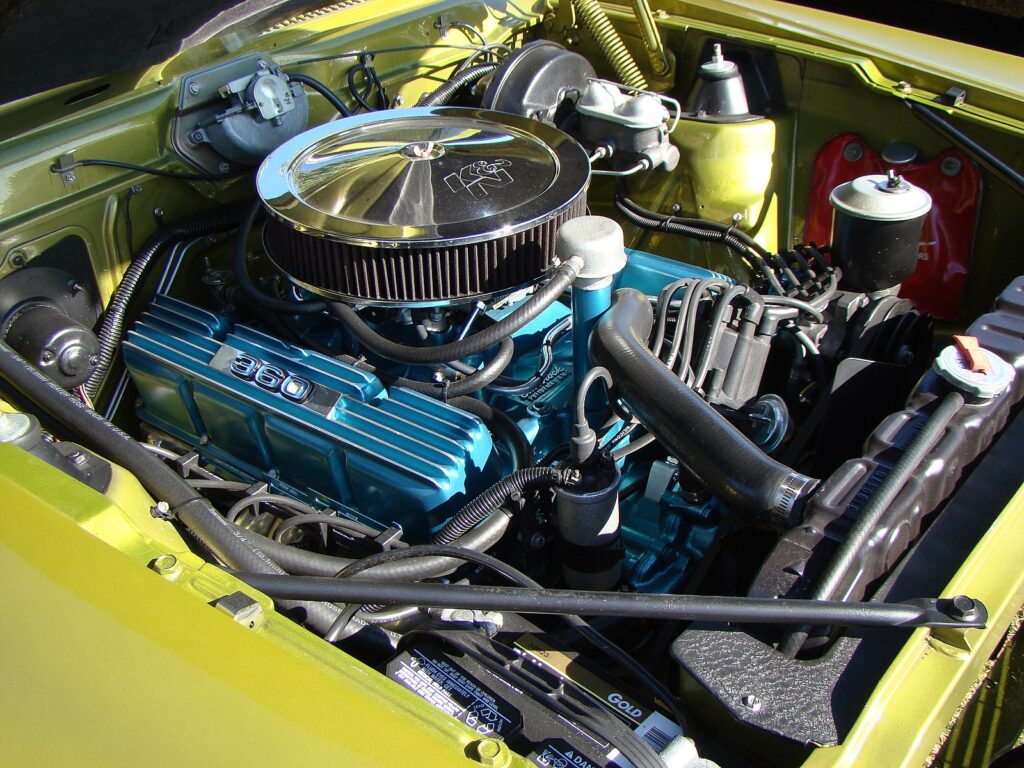
Some car engines are notorious for their high maintenance costs and frequent breakdowns. From the Cadillac V8-6-4 to the Volkswagen 2.0L TSI, these engines have faced numerous reliability issues, leading to costly repairs and owner frustration. Read More.
23 Luxury Electric and Hybrid Cars Leading the Market
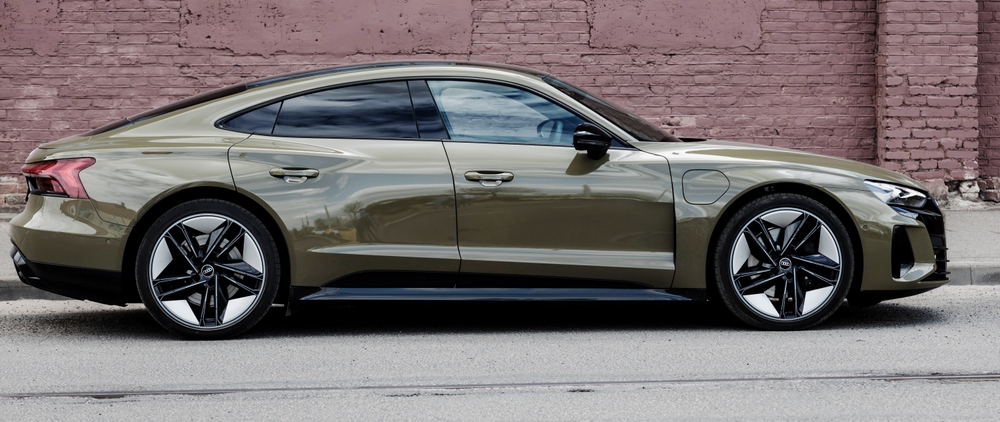
As the automotive industry embraces the shift towards sustainability, luxury car manufacturers are leading the way with a stunning array of high-end electric and hybrid vehicles. Read More.
18 Trailblazing Hydrogen Fuel Cell Cars on the Road Today
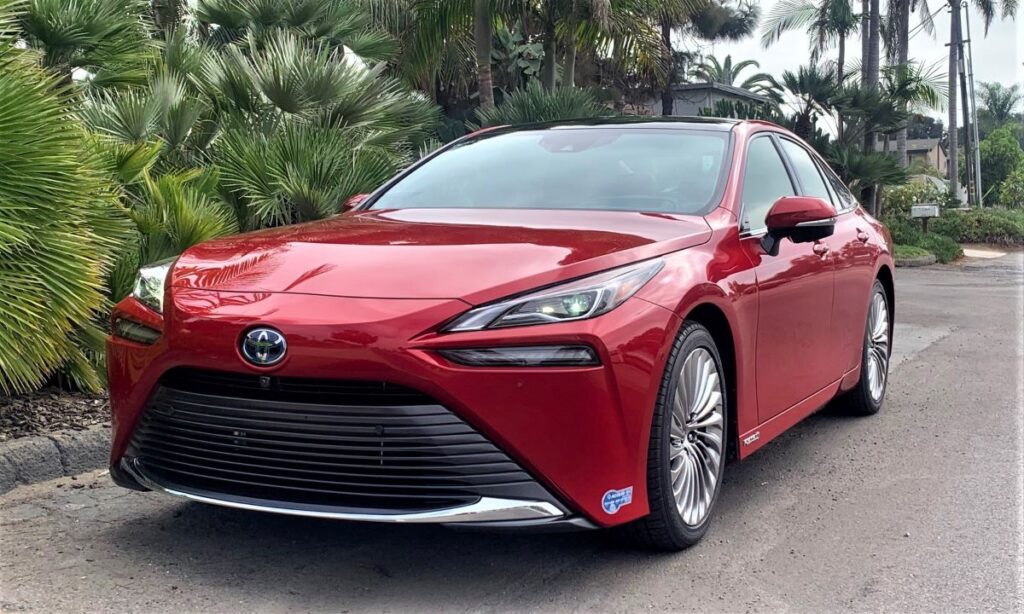
As the world moves towards sustainable energy solutions, hydrogen fuel cell cars are at the forefront of this green revolution. These innovative vehicles offer a glimpse into the future of transportation, combining cutting-edge technology with eco-friendly fuel. Read More.

